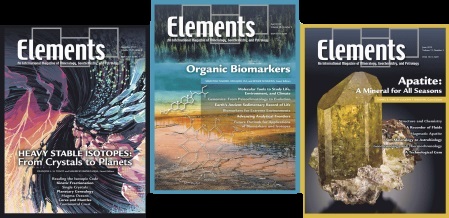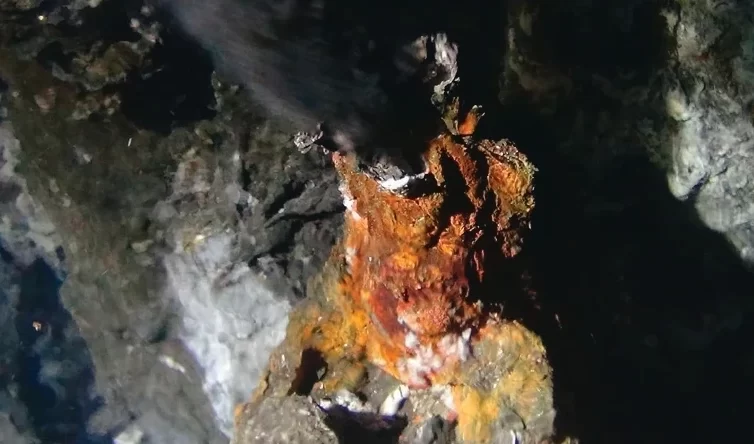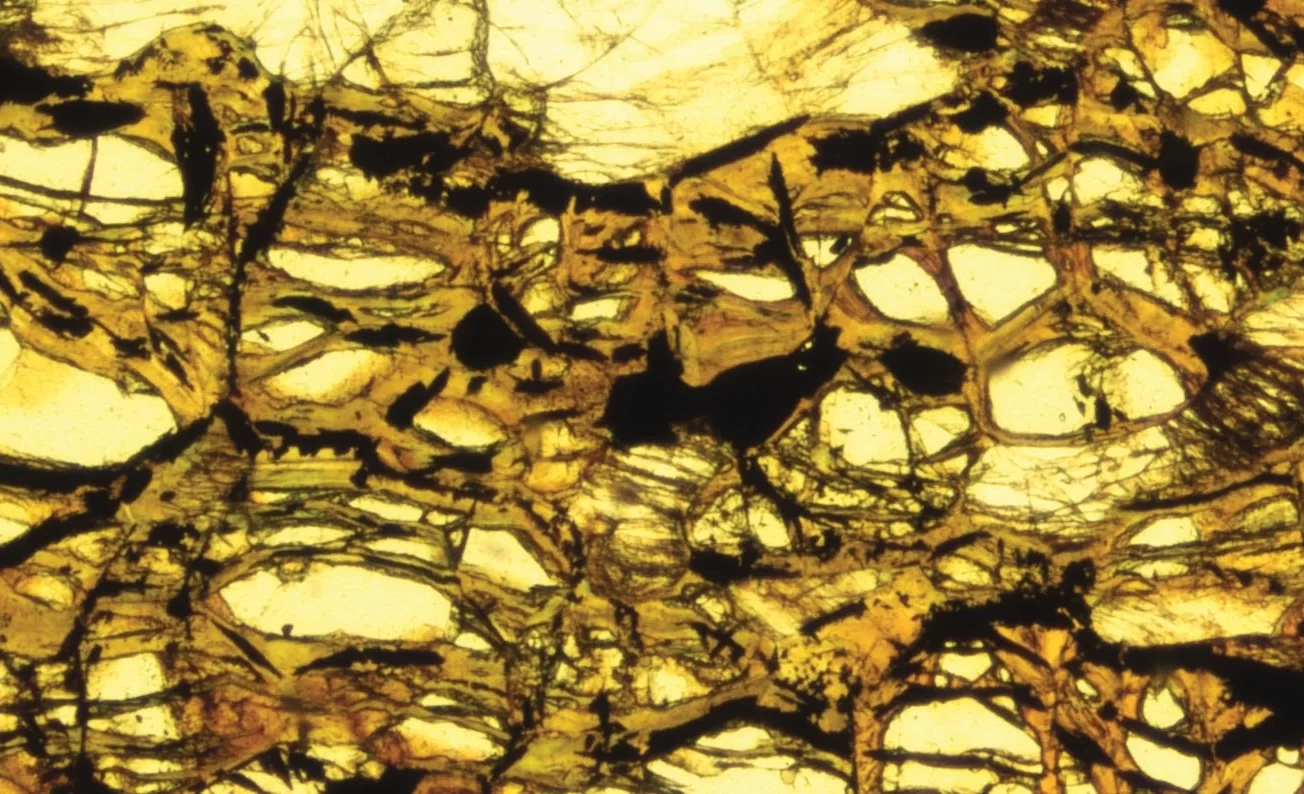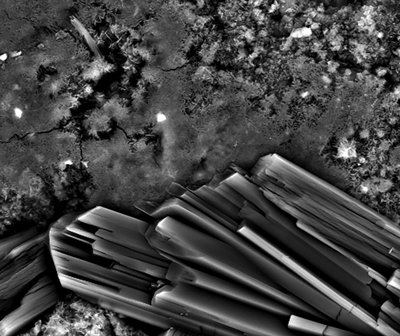The Precambrian Greenalite Factory
Over the last decade, high-resolution petrographic examinations of the sedimentary record revealed that greenalite was deposited across several continental margins and throughout many Archean successions. What physical and chemical processes could be responsible for this distribution? Combined sedimentological observations and geochemical results identify and strongly constrain greenalite’s origins in Precambrian sediments, specifically for iron formation deposits. Although greenalite often formed as a pore water or bottom water precipitate, the Precambrian greenalite factory may have resided at the interface between subseafloor hydrothermal vent fluids and anoxic seawater. Once formed, however, greenalite’s stratigraphic distribution was ultimately controlled by its susceptibility to oxidation, a property first recognised by geologists over 120 years ago.
The Precambrian Greenalite Factory Read More »




